James Byrne, Joseph Byrne and Gary Somerville
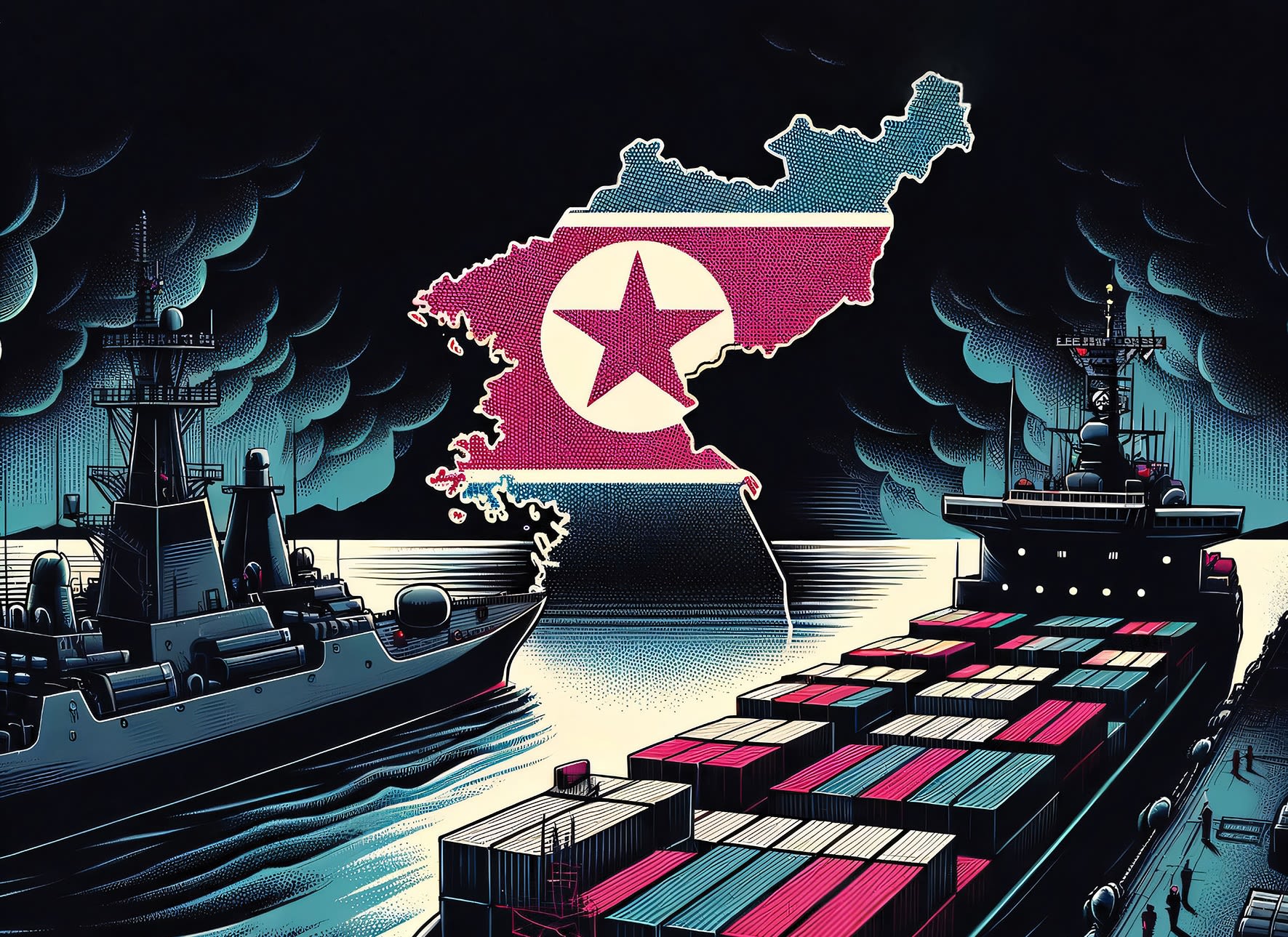
Dozens of high-resolution satellite images taken in recent months reveal that Russia has likely begun shipping North Korean munitions at scale, opening a new supply route that could have profound consequences for the war in Ukraine and international security dynamics in East Asia.
Just a few weeks after the momentous visit of Russia's Defence Minister Sergei Shoigu to North Korea, in July, two Russian cargo vessels connected to Moscow's international military transportation networks embarked on an unusual journey.
Their destination was an inconspicuous naval facility tucked away in the secluded Russian port of Dunai, situated in the remote eastern reaches of the country. Once identified by the CIA at the height of the Cold War as a Soviet submarine base, the Dunai facility sits approximately nine kilometres south of the town of Fokino, a closed administrative-territorial entity south of Vladivostok, where movement and residency are strictly controlled for military and security reasons.
While the unremarkable port facility at Dunai had largely been relegated to the annals of Cold War history, recent deliveries by the Russian-flagged Angara and Maria of what are likely to be North Korean munitions have thrust it into the international spotlight, and place it at the centre of the burgeoning relationship between Pyongyang and Moscow.
Embroiled in a grinding attritional conflict in Ukraine, Moscow has scoured the globe for munitions to supply its armed forces, which are currently attempting to repel a determined Ukrainian counteroffensive. But while Iran answered Moscow’s call, supplying the country with hundreds of Shahed loitering munitions, other UAVs and weapons, North Korean arms have yet to appear in significant quantities on the battlefield.
That, however, is about to change. Dozens of high-resolution images, revealed here for the first time and captured in recent months over Dunai and the North Korean port of Rajin, show the two cargo vessels repeatedly transporting hundreds of containers likely packed with North Korean armaments.
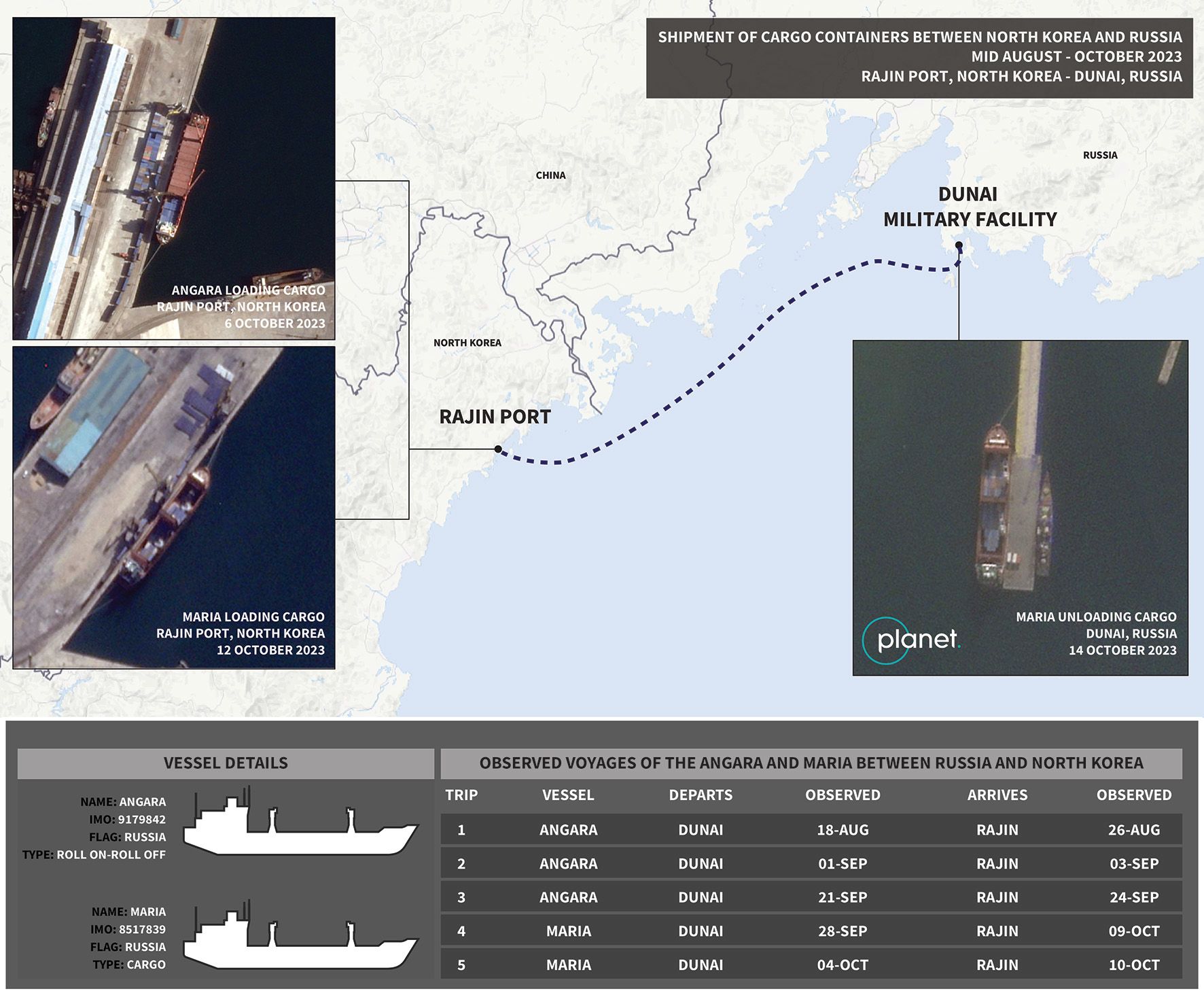
Figure 1: Angara and Maria shipments between Dunai and Rajin (Source: Planet Labs, RUSI Project Sandstone.)
Although it is difficult to determine the specific contents of these containers from imagery alone, the US government accused the North Koreans of supplying munitions and military material to Russia on 13 October. These claims were accompanied by imagery detailing the alleged end-destination of these shipments in Tikhoretsk, a small town in Russia's Krasnodar region, facing the Kerch Strait and Russian-occupied Crimea.
High-resolution imagery collected in recent weeks in the vicinity of Tikhoretsk confirms the rapid expansion of a munitions storage facility here beginning in August 2023 – the same time that North Korea’s shipments from Rajin began. Crucially, these images also appear to show trains delivering the same size and colour of cargo containers as those shipped from North Korea to Russia’s far east.
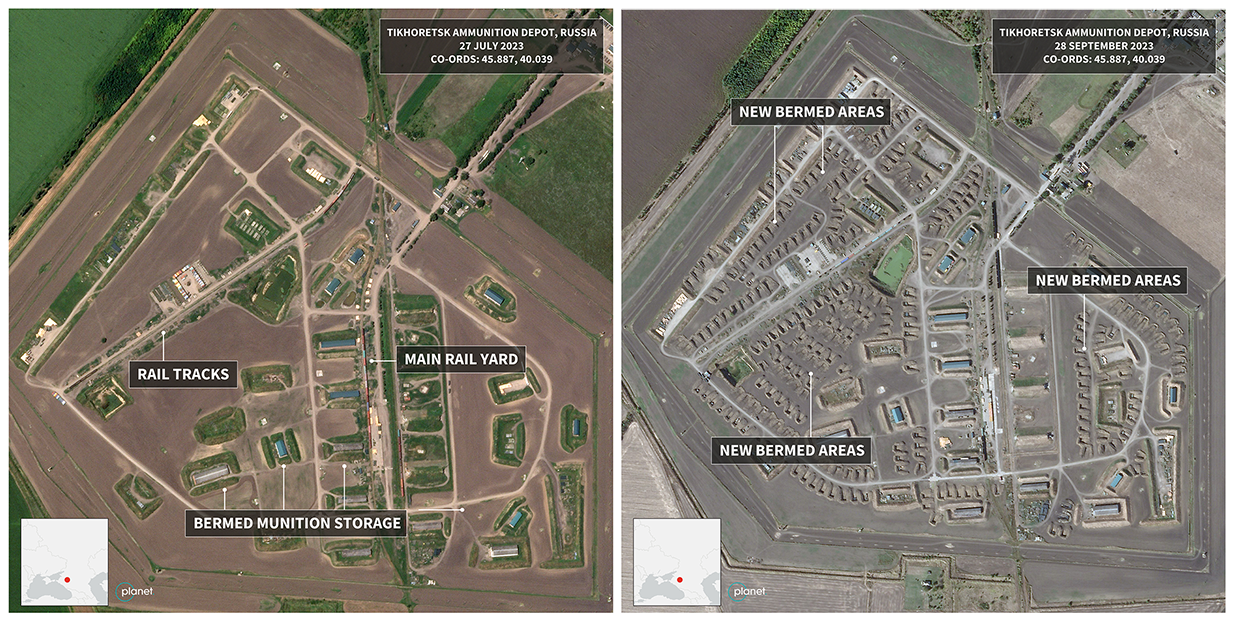
Figure 2: Renovations as the Tikhoretsk munitions depot (Source: Planet Labs, RUSI Project Sandstone)
The Orient Express
The first stop for North Korea’s shipments to Russia is in Dunai, a secure military facility with controlled entrances, disguised storage areas and a number of secure berths often frequented by Russian naval assets. High-resolution satellite imagery captured in recent months shows that containers are regularly delivered and removed from here by semi-trailers and railway wagons, likely for transport across Russia towards Tikhoretsk and the border with Ukraine.
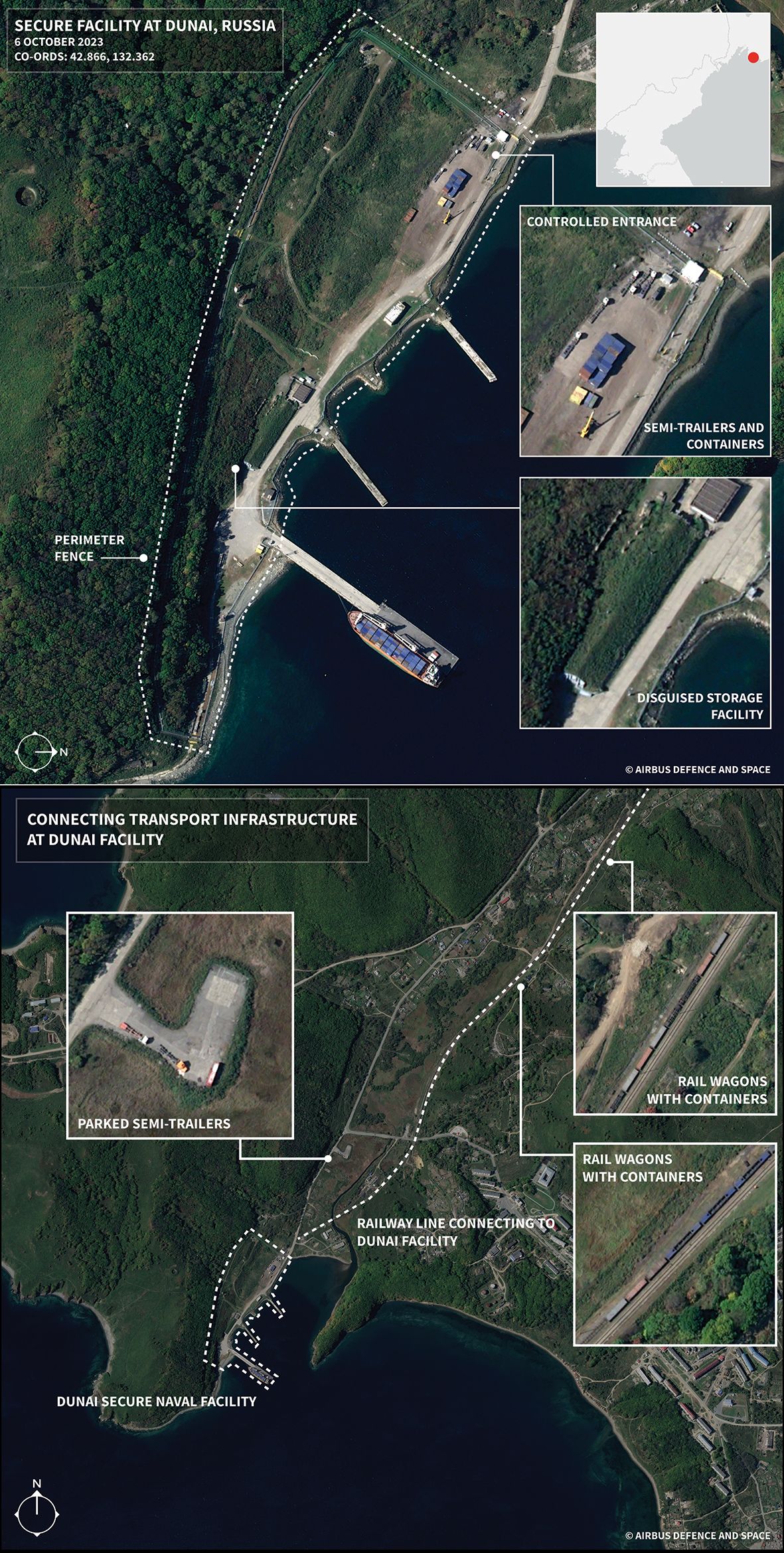
Figure 3: The Secure Facility at Dunai, Russia (Source: Airbus Defence and Space, RUSI Project Sandstone.)
The initial shipment of hundreds of containers was loaded on to the Angara at Dunai in late August, before the vessel made its way to the North Korean port of Rajin on the country’s eastern coast. Notably, the vessel also switched off its AIS transponder, obscuring its movements between the two countries. Once in North Korea, satellite imagery shows the vessel unloading these containers onto a berth with a dedicated rail line.
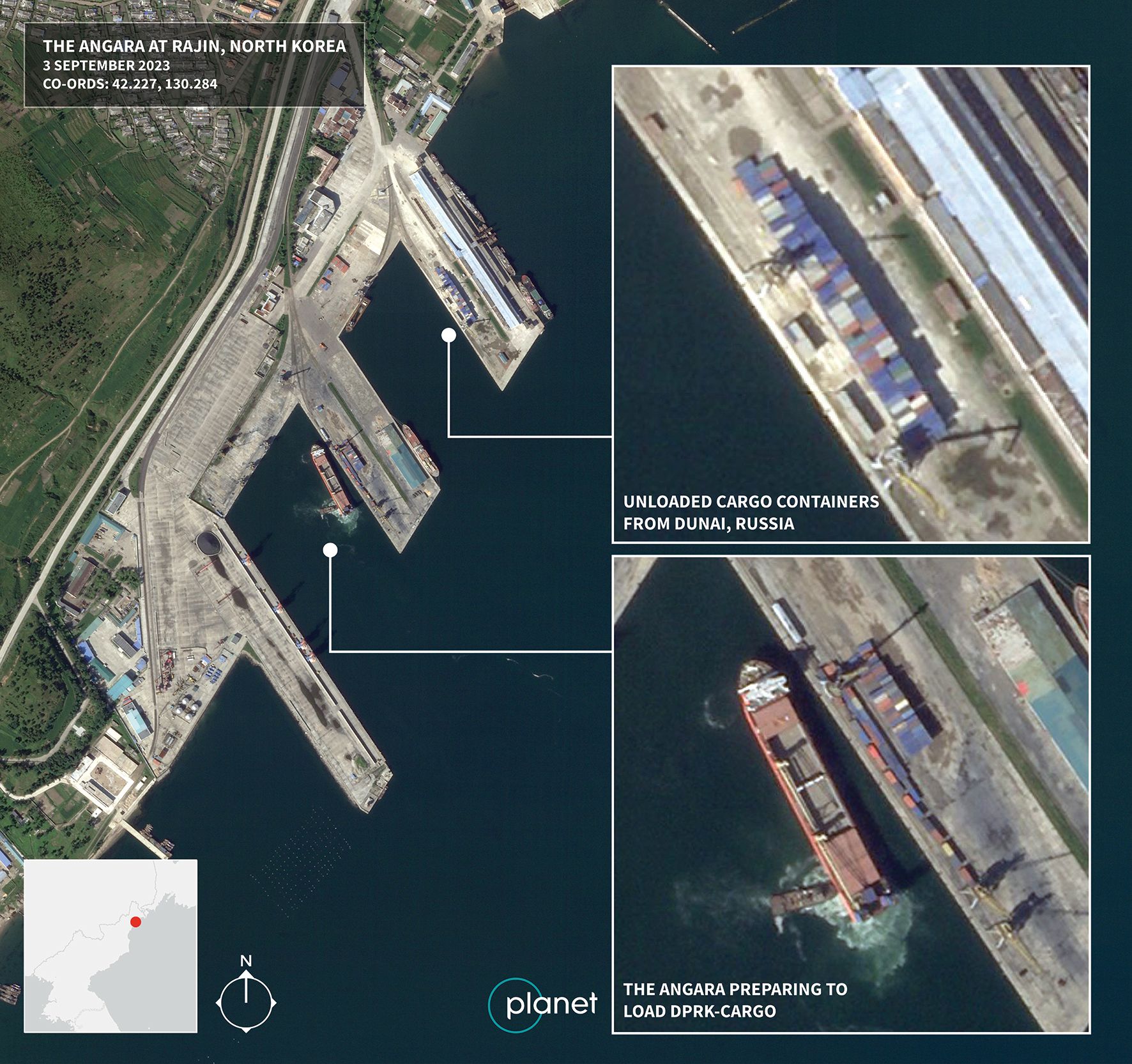
Figure 4: The Angara loading and unloading containers in Rajin, North Korea (Source: Planet Labs, RUSI Project Sandstone.)
Since this first shipment, the Angara has regularly shuttled containers from the port of Rajin to the Russian facility at Dunai, being joined by a second cargo vessel named the Maria on 12 September. While the vessels are still operating without transmitting on their AIS transponders, dozens of satellite images show the vessels continually loading and delivering cargo from North Korea to Russia.
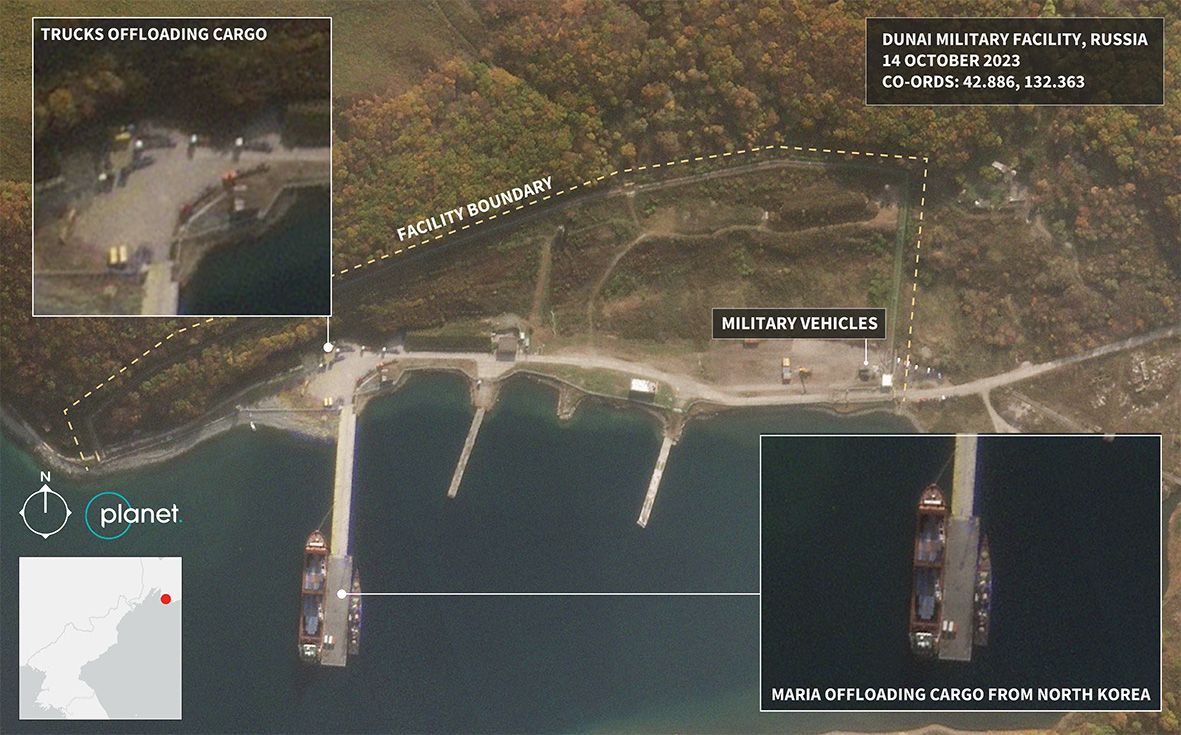
Figure 5: The Maria in Dunai, 14 October 2023 (Source: Planet Labs, RUSI Project Sandstone.)
Over the course of the last three months, the Angara has made at least three trips between Russia and North Korea, while the Maria made one trip in September and recently completed another round trip on 14 October.
Both vessels appear to first unload containers at the northern pier in Rajin, before moving to a second berth to then load containers for delivery to Dunai. Over the course of these voyages, satellite imagery indicates the Angara and Maria have moved several hundred containers to and from North Korea.
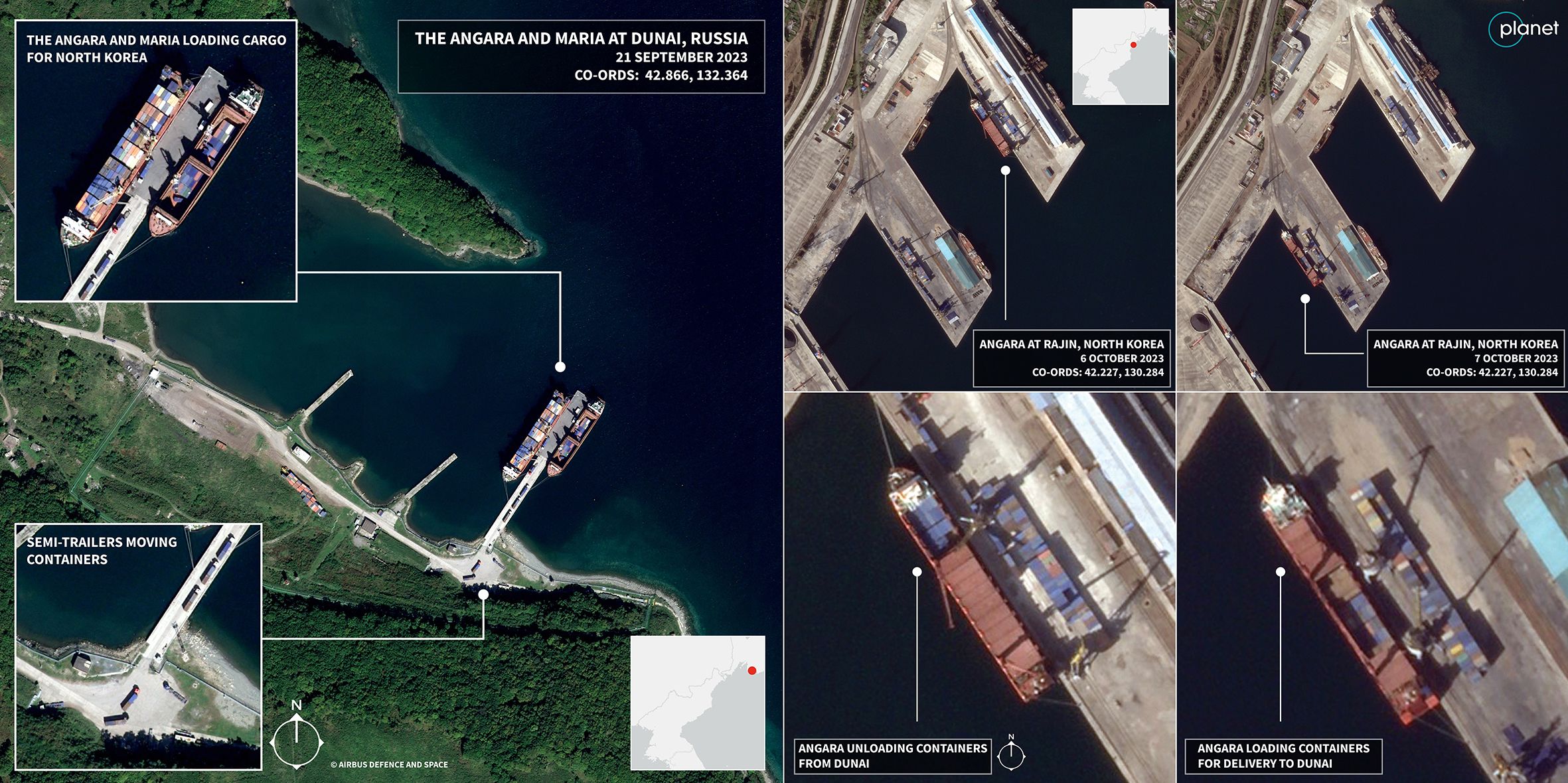
Figure 6: The Angara and Maria at Dunai and the Angara at Rajin, North Korea (Source: Airbus Defence and Space, Planet Labs and RUSI Project Sandstone.)
Suspect Couriers
While the Angara was sanctioned by the US government in May 2022, the Maria has yet to be designated. However, both vessels are owned and operated by companies with connections to Russia’s military logistics networks. For instance, the companies that own and operate the Angara – M Leasing and Marine Trans Shipping – were both sanctioned by the US soon after Russia’s 2022 invasion of Ukraine for transporting weapons on behalf of the Russian government.
But the Angara’s links to Moscow’s weapons handlers stretch much further back. For several years, the Angara – which then sailed under the name Ocean Energy – was owned by the Kaalbye Group, a company accused of transporting Russian arms to Syria and South Sudan. During this time, media reports identified the Ocean Energy delivering Russian T-90 tanks from Russia to Iraq.
Notably, M Leasing’s two other Ro-Ro vessels, the Adler and Ascalon, have also been sanctioned. Both of these vessels, under different identities, had reportedly shipped missiles for the S-400 surface-to-air missile system to China in 2018.
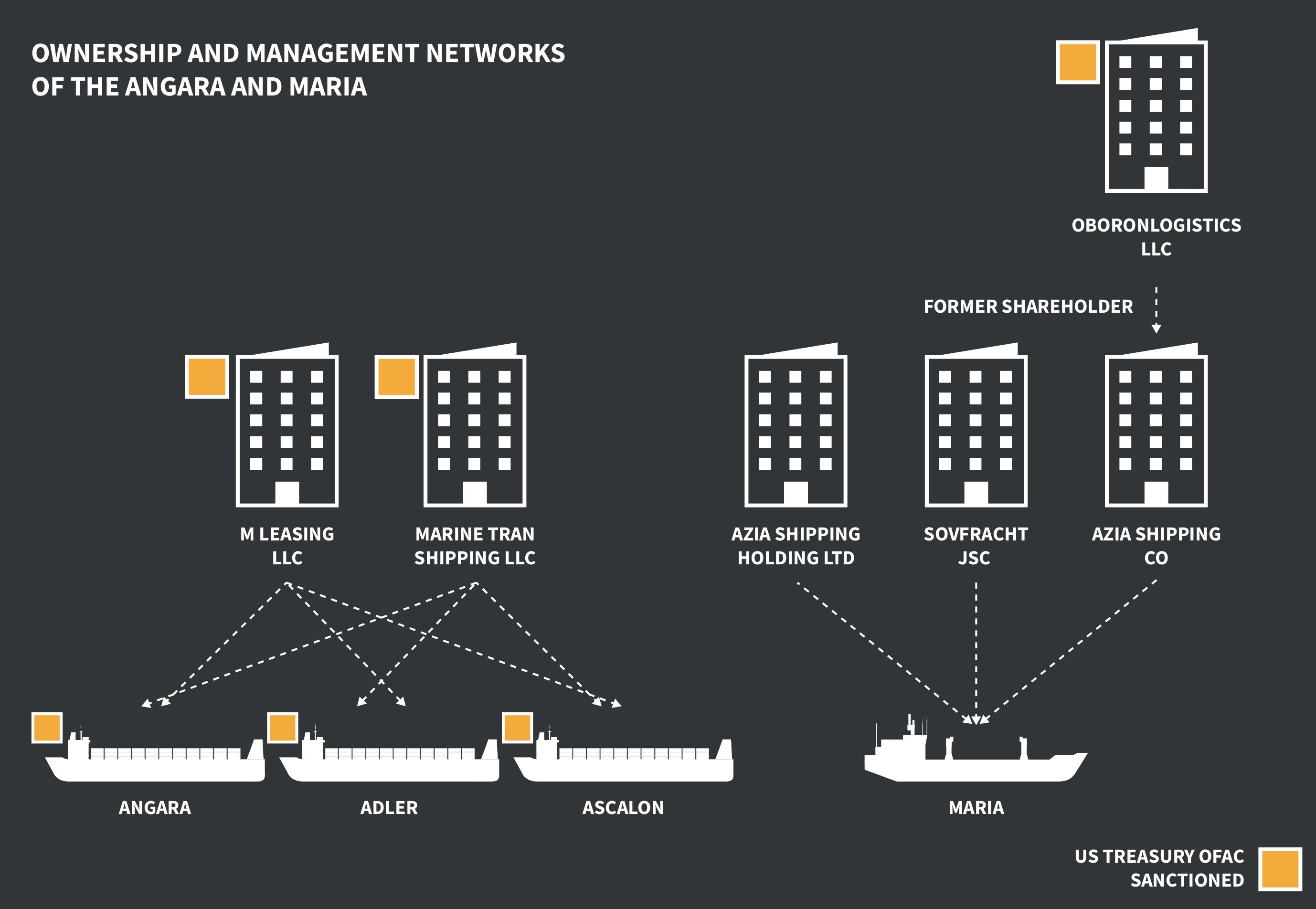
Figure 7: Ownership and management chart for the Angara and Maria (Source: IHS Maritime, Corporate Records, OFAC and RUSI Project Sandstone.)
The Maria’s owner, on the other hand, is a subsidiary of Cyprus-based Azia Shipping Holdings; the latter also serves as its operator. Azia Shipping Holdings owns several vessels, one of which was allegedly involved in the shipment of Russian weapons to Myanmar in January 2022. Notably, several employees of the Maria’s DOC company JSC Sovfracht were indicted by the US Treasury in 2018 for allegedly operating a scheme to supply Syria with jet fuel.
Meanwhile, the vessel’s Vladivostok-based technical manager, the similarly named Azia Shipping Company, was formerly part-owned by Russia’s sanctioned Oboronlogistics LLC. This Moscow-based company was allegedly created to oversee logistics for the Russian Ministry of Defence, and is the owner of the sanctioned SPARTA IV, a vessel recently engaged in moving Russian military equipment from Syria to Russia.
Final Destination
The final destination of these shipments appears to be a munitions depot in the Russia town of Tikhoretsk, approximately 200 km from the Ukrainian border.
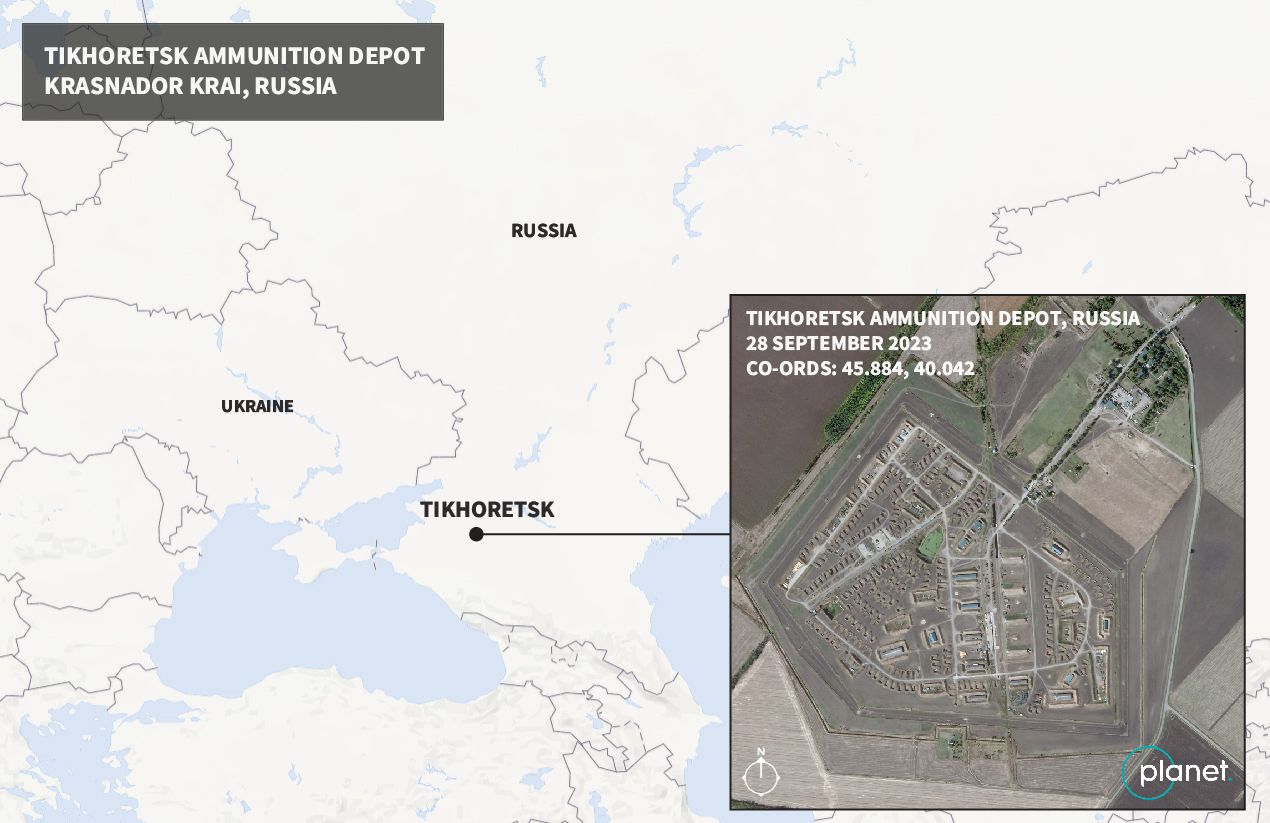
Figure 8: Map of Tikhoretsk ammunition depot (Source: Planet Labs, RUSI Project Sandstone.)
Beginning in mid-August 2023, high-resolution imagery shows that the ammunition depot has undergone a rapid overhaul, with excavators digging over 100 new munitions pits with earth berms designed to divert the force of a blast in case of an explosion.
Recent imagery from 28 September also shows trains arriving at the facility, delivering dozens of containers of the same size and colours as those being loaded in North Korea. In these images, containers can be seen placed next to newly dug munitions pits, which are potentially being loaded with munitions boxes.
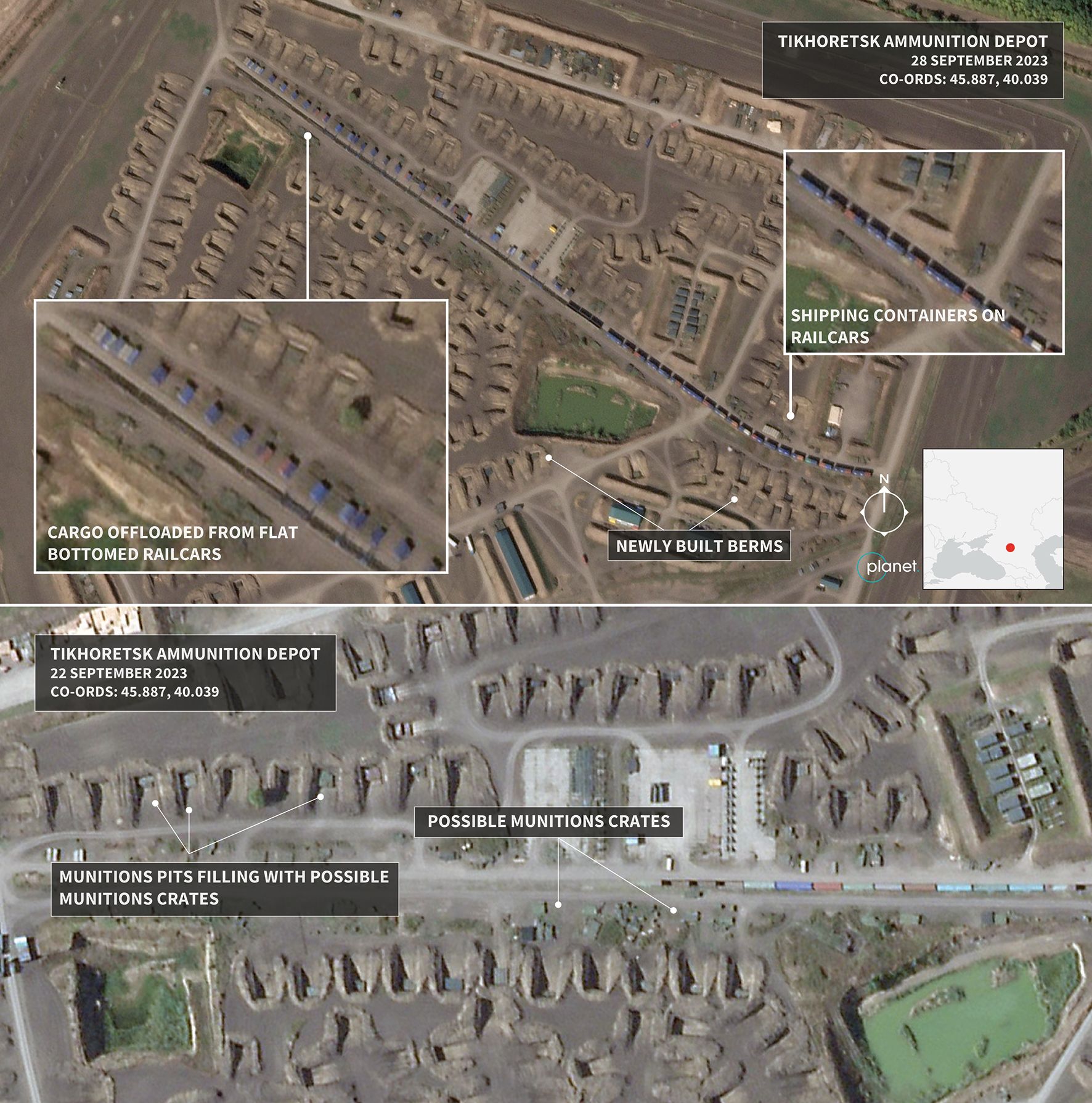
Figure 9: Map of Tikhoretsk ammo depot and active work there (Source: Planet Labs, RUSI Project Sandstone.)
From here, North Korean weapons and munitions could be shipped to logistics depots on the border of Ukraine for distribution to frontline units.
Tectonic Shifts
Having prepared for a massive conventional war with South Korea for decades, North Korea’s supplying of significant quantities of munitions to Moscow will have profound consequences for the war in Ukraine. For the Russians, a major North Korean supply line will alleviate shortages of munitions for what has proven to be an ordinance-hungry conflict and enable the Russian armed forces to feed their frontline troops as they try to repel a Ukrainian counteroffensive. Ukraine and its supporters will also have to contend with this new reality, potentially escalating their support by providing additional quantities of weapons and munitions to Ukraine's defenders.
But the impact will be felt much further than the battlefield in Ukraine. The sale of such quantities of munitions will fill the coffers of the cash-strapped regime in Pyongyang, which has traditionally used the proceeds of arms deliveries to develop its own nuclear and ballistic missile programme in violation of UN sanctions. Moreover, in addition to the pecuniary benefits, North Korea may seek other assistance from Russia in return for its support, including the provision of missile and other advanced military technologies.
As a result, North Korea’s agreements with Moscow will also cause significant alarm in Japan and South Korea, countries already on the sharp end of Pyongyang’s ongoing provocations. Confronted with a strengthening alliance between North Korea and Russia, Tokyo and Seoul might explore additional avenues to offset the North Korean threat while extending further support to Ukraine’s efforts to oust Russian forces from its territory.
However, Pyongyang’s decision to deliver munitions at scale once again underscores the grave threat that North Korea poses to international security, this time feeding a conflagration on European soil that has already cost the lives of tens of thousands of Ukrainians and consumed tens of billions of dollars in Western military support.
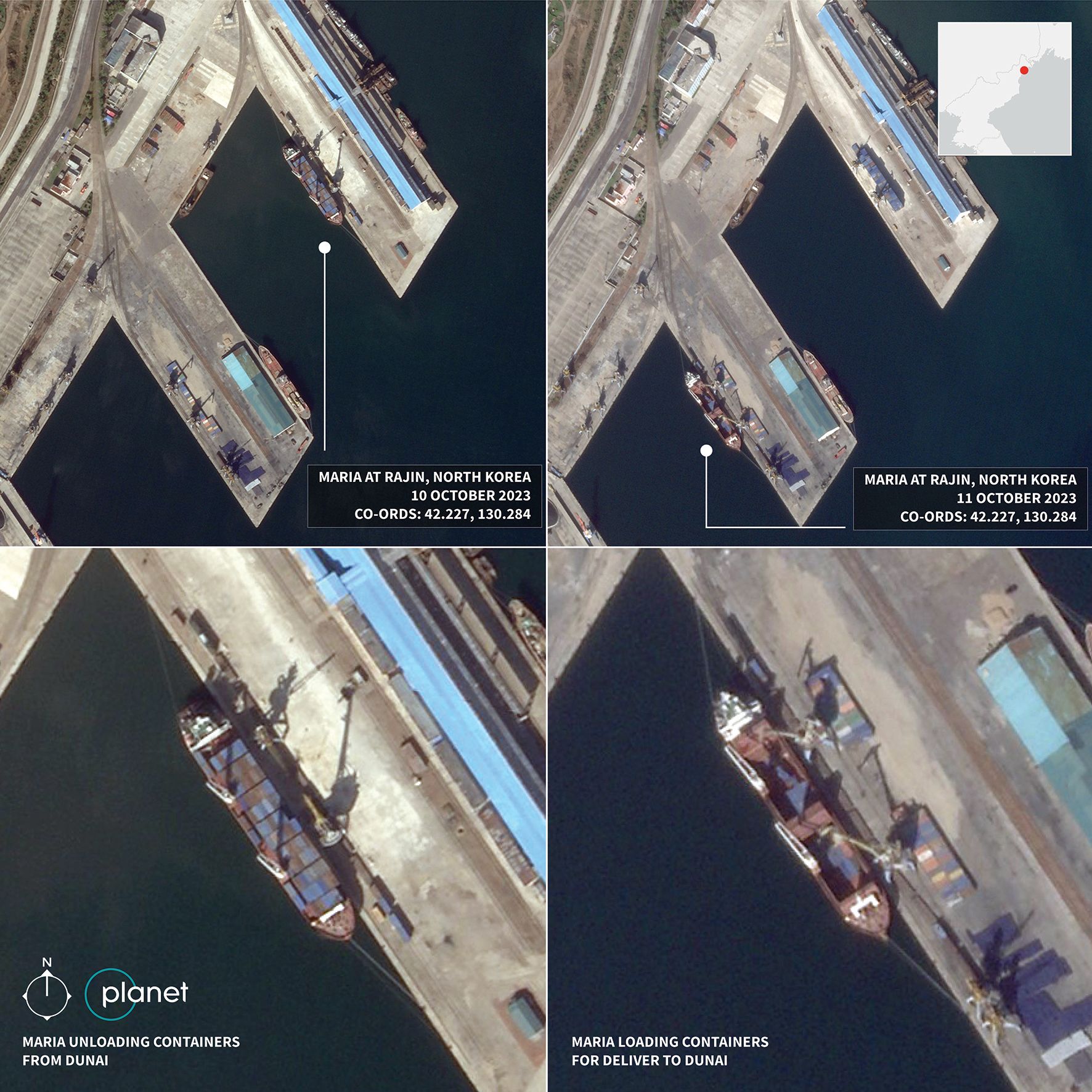
No comments:
Post a Comment